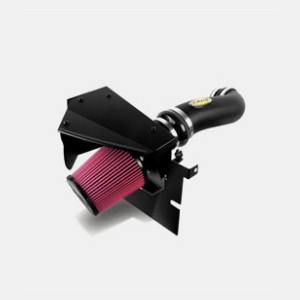7 月 . 12, 2024 01:32
Back to list
Setting up bird netting to prevent birds from roosting and causing damage.
Installing bird netting is an effective way to protect crops, gardens, and buildings from damage caused by birds. Birds can be a major nuisance, causing significant financial losses to farmers and property owners. Bird netting is a simple and humane solution that can help keep birds at bay.
There are many different types of bird netting available, including nylon, polyethylene, and steel netting. Each type of netting has its own strengths and weaknesses, so it's important to choose the right one for your specific needs. Nylon netting is lightweight and flexible, making it easy to install and move around as needed. Polyethylene netting is durable and long-lasting, providing reliable protection for your crops or property. Steel netting is the strongest option, offering maximum protection against even the largest and most aggressive birds.
Before installing bird netting, it's important to survey the area and identify the specific areas where birds are causing damage. This will help you determine the size and shape of the netting you need. You should also consider the type of birds you are dealing with, as some species are more likely to try to penetrate the netting than others.
Once you have selected the right type of bird netting for your needs, it's time to install it

installing bird netting. Start by laying out the netting over the area you want to protect, making sure to leave some extra at the edges to secure it in place. Use zip ties, clips, or hooks to attach the netting to any existing structures or supports, such as fences, poles, or stakes. Make sure the netting is pulled tight and secure to prevent birds from getting underneath it. If you are using nylon or polyethylene netting, you may need to periodically check and tighten the netting as it can stretch or sag over time. Steel netting is more rigid and less likely to require adjustments, but it's still a good idea to regularly inspect it for damage or signs of wear. In addition to installing bird netting, there are other measures you can take to deter birds from your property. Scare tactics, such as hanging reflective objects or using sound devices, can help keep birds away. Providing alternative food sources, such as bird feeders, can also help attract birds to other areas of your property. Overall, installing bird netting is an essential step in protecting your crops, gardens, and buildings from the damage caused by birds. By choosing the right type of netting and following proper installation techniques, you can create a bird-free environment that allows you to enjoy your property without the fear of bird-related damage.

installing bird netting. Start by laying out the netting over the area you want to protect, making sure to leave some extra at the edges to secure it in place. Use zip ties, clips, or hooks to attach the netting to any existing structures or supports, such as fences, poles, or stakes. Make sure the netting is pulled tight and secure to prevent birds from getting underneath it. If you are using nylon or polyethylene netting, you may need to periodically check and tighten the netting as it can stretch or sag over time. Steel netting is more rigid and less likely to require adjustments, but it's still a good idea to regularly inspect it for damage or signs of wear. In addition to installing bird netting, there are other measures you can take to deter birds from your property. Scare tactics, such as hanging reflective objects or using sound devices, can help keep birds away. Providing alternative food sources, such as bird feeders, can also help attract birds to other areas of your property. Overall, installing bird netting is an essential step in protecting your crops, gardens, and buildings from the damage caused by birds. By choosing the right type of netting and following proper installation techniques, you can create a bird-free environment that allows you to enjoy your property without the fear of bird-related damage.
Latest news
-
The Versatility of Stainless Steel Wire MeshNewsNov.01,2024
-
The Role and Types of Sun Shade SolutionsNewsNov.01,2024
-
Safeguard Your Space with Effective Bird Protection SolutionsNewsNov.01,2024
-
Protect Your Garden with Innovative Insect-Proof SolutionsNewsNov.01,2024
-
Innovative Solutions for Construction NeedsNewsNov.01,2024
-
Effective Bird Control Solutions for Every NeedNewsNov.01,2024












